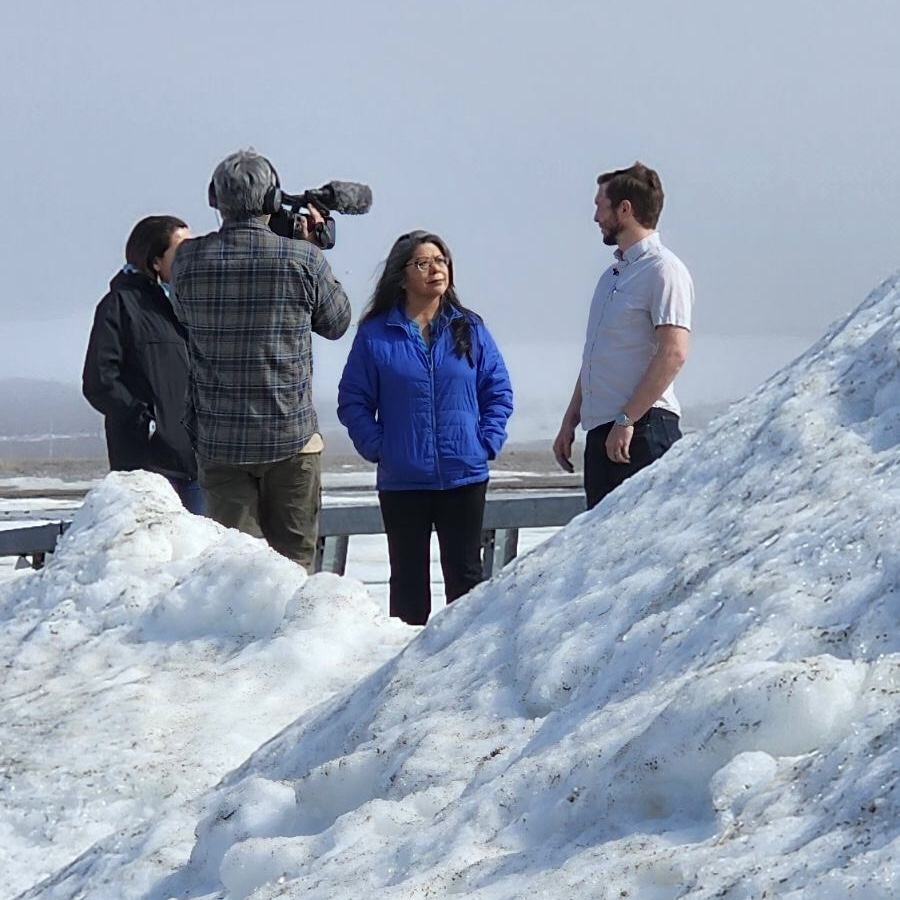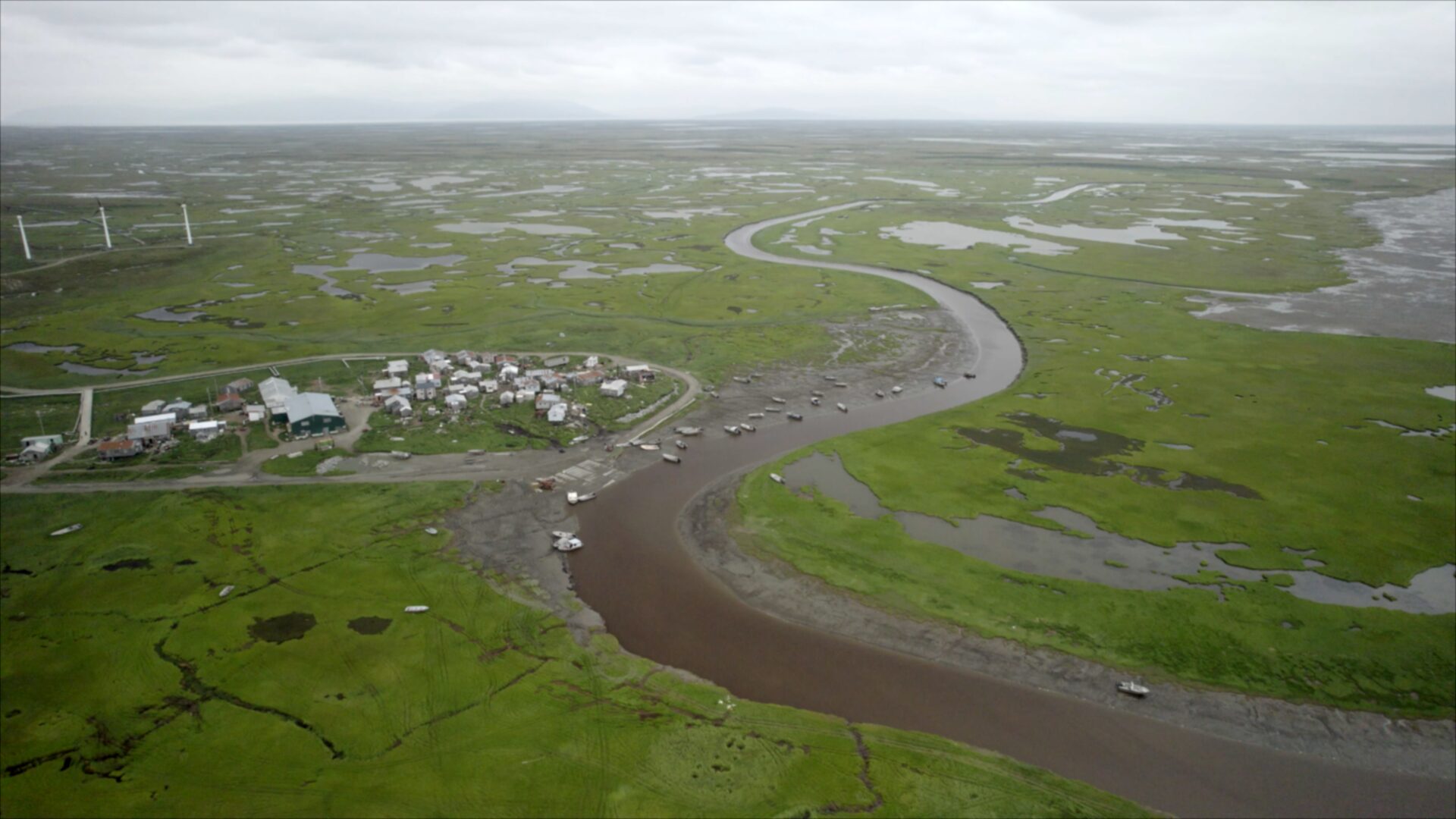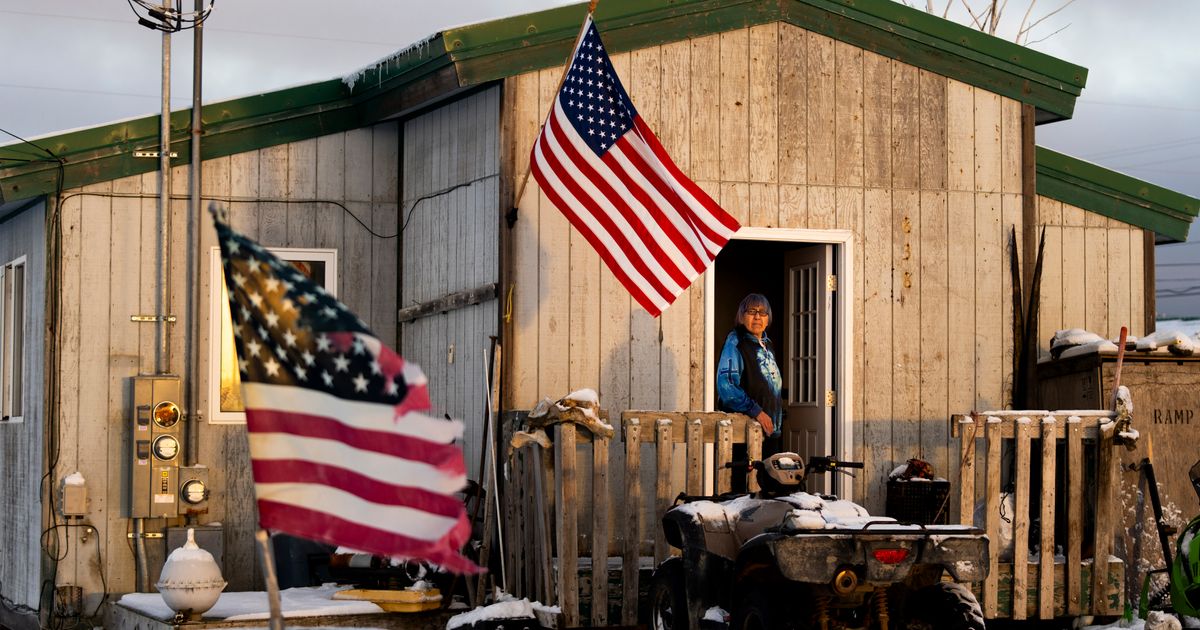
On the Precipice: The Enduring Challenges of Alaska Native Villages
In the vast, untamed expanse of Alaska, far beyond the reach of paved roads and conventional infrastructure, lie hundreds of remote Native villages. These communities, home to the Indigenous peoples who have stewarded this land for millennia, are on the front lines of some of the most profound challenges facing humanity today. From the relentless march of climate change to persistent socio-economic disparities and the lingering shadows of historical trauma, Alaska Native villages navigate a complex web of adversities with resilience, cultural strength, and an unwavering commitment to their ancestral lands.
The sheer isolation of these villages is their defining characteristic and a primary driver of many of their struggles. Many are accessible only by small plane or seasonal barge, making the cost of goods and services exorbitant. A gallon of milk can cost upwards of $10, and a gallon of gasoline even more. This economic burden is compounded by a limited cash economy, where traditional subsistence practices – hunting caribou, fishing salmon, gathering berries – remain not just a cultural cornerstone but a vital necessity for survival.
Climate Change: The Unyielding Erosion of a Way of Life
Nowhere is the impact of global climate change felt more acutely than in the Arctic, which is warming at twice the rate of the rest of the planet. For Alaska Native villages, this isn’t a distant scientific prediction; it’s a daily reality that threatens their very existence. Coastal erosion, driven by rising sea levels, diminishing sea ice protection, and more intense storms, is literally washing away communities.
The village of Newtok, located on the Ninglick River in Western Alaska, has become a stark symbol of this crisis. Built on thawing permafrost and crumbling riverbanks, its residents have been forced to plan and execute a full relocation to higher, more stable ground at Mertarvik. This monumental undertaking, initiated by the community itself, is fraught with logistical, financial, and emotional hurdles. "Our land is melting beneath our feet," remarked a Newtok elder in a community meeting, her voice heavy with the weight of generations. "We are watching our ancestors’ graves disappear into the river. It’s not just our homes; it’s our history, our identity that is being taken."

Similar fates await other villages. Shishmaref, an Inupiaq community on an island north of the Bering Strait, faces an identical threat, with homes precariously close to the eroding shoreline. The thawing of permafrost, the frozen ground that underpins much of Alaska, further destabilizes infrastructure, buckling roads, cracking buildings, and disrupting traditional travel routes across frozen tundra. The shift in weather patterns also impacts animal migrations, making traditional hunting and fishing more unpredictable and dangerous, directly threatening food security and cultural practices.
Infrastructure Deficit: A Crisis of Basic Needs
Despite being part of one of the world’s wealthiest nations, many Alaska Native villages lack fundamental infrastructure that most Americans take for granted. One of the most glaring deficiencies is access to clean, running water and sanitation. According to the Alaska Native Tribal Health Consortium (ANTHC), nearly one in three rural Alaskan homes still lack indoor plumbing, relying instead on "honey buckets" (portable toilets) and hauling water from communal sources. This stark reality has profound implications for public health, contributing to higher rates of respiratory infections, skin diseases, and other illnesses.
Energy costs are another immense burden. Most villages are entirely dependent on diesel fuel, shipped in at great expense, to power generators for electricity and heat. This not only makes utility bills astronomical but also creates a carbon footprint that ironically contributes to the climate change threatening their existence. While there’s a growing movement towards renewable energy sources like wind and solar, the initial investment costs are often prohibitive for small, isolated communities.
Housing is frequently substandard and overcrowded, exacerbated by the high cost of construction materials and limited labor. Transportation is often limited to small aircraft, which are expensive and vulnerable to weather disruptions, isolating communities further and hindering access to critical services like healthcare and education. Internet access, when available, is often slow and prohibitively expensive, creating a digital divide that further disadvantages these communities in an increasingly connected world.
Socio-Economic Disparities and the Shadow of Trauma
The environmental and infrastructural challenges are deeply intertwined with persistent socio-economic disparities. Limited job opportunities outside of subsistence and seasonal work, combined with the exorbitant cost of living, lead to high rates of poverty. This economic strain, coupled with the immense stress of environmental upheaval, takes a heavy toll on community well-being.
Alaska Native communities grapple with alarming rates of mental health crises, including suicide, particularly among youth. This tragic reality is often linked to the enduring legacy of historical trauma: the devastating impact of colonization, forced assimilation through boarding schools, the loss of language and cultural practices, and systemic discrimination. "The wounds of the past are still very real for our people," states a mental health advocate from an Anchorage-based Native organization. "They manifest as intergenerational trauma, impacting self-esteem, family dynamics, and a sense of hope. Healing requires addressing these historical injustices while building strong, culturally grounded pathways for the future."
Access to adequate healthcare is severely limited. Many villages have only small health clinics staffed by community health aides, requiring long and expensive flights to regional centers or Anchorage for specialized medical care. Educational outcomes also lag behind the rest of the state and nation, with challenges ranging from teacher retention in remote areas to curricula that often fail to incorporate Indigenous languages and worldviews.

Cultural Resilience and the Path Forward
Despite the monumental scale of these challenges, the story of Alaska Native villages is not one of despair, but of extraordinary resilience, adaptability, and unwavering commitment to cultural preservation. Communities are actively engaged in innovative solutions, often drawing upon millennia of traditional ecological knowledge (TEK). Elders and youth work together to document traditional practices, language, and stories, ensuring their survival. Language revitalization programs are flourishing, recognizing that language is a direct link to cultural identity and traditional wisdom.
Native corporations, established under the Alaska Native Claims Settlement Act (ANCSA) of 1971, play a crucial role in economic development, advocating for Native interests, and investing in their communities. Tribal governments are asserting their sovereignty, seeking greater control over their lands, resources, and governance, often working in partnership with state and federal agencies to address the myriad challenges.
The demand for self-determination is a powerful force. Communities are leading their own relocation efforts, developing their own renewable energy projects, and designing culturally relevant educational programs. "We are not passive victims of climate change or poverty," asserts a Yup’ik community leader. "We are the guardians of this land, and we have the knowledge, the will, and the right to determine our own future. Our solutions are rooted in our traditions and our deep connection to this place."
The challenges facing Alaska Native villages are complex, systemic, and deeply interconnected. They are a stark reminder of the global inequities that persist and the disproportionate impact of climate change on vulnerable populations. Yet, in their steadfast dedication to their heritage, their land, and their future, these communities offer invaluable lessons in resilience, cultural strength, and the enduring power of human spirit against overwhelming odds. Their fight for survival is a fight for the preservation of unique cultures, invaluable traditional knowledge, and a way of life that holds profound wisdom for us all.

